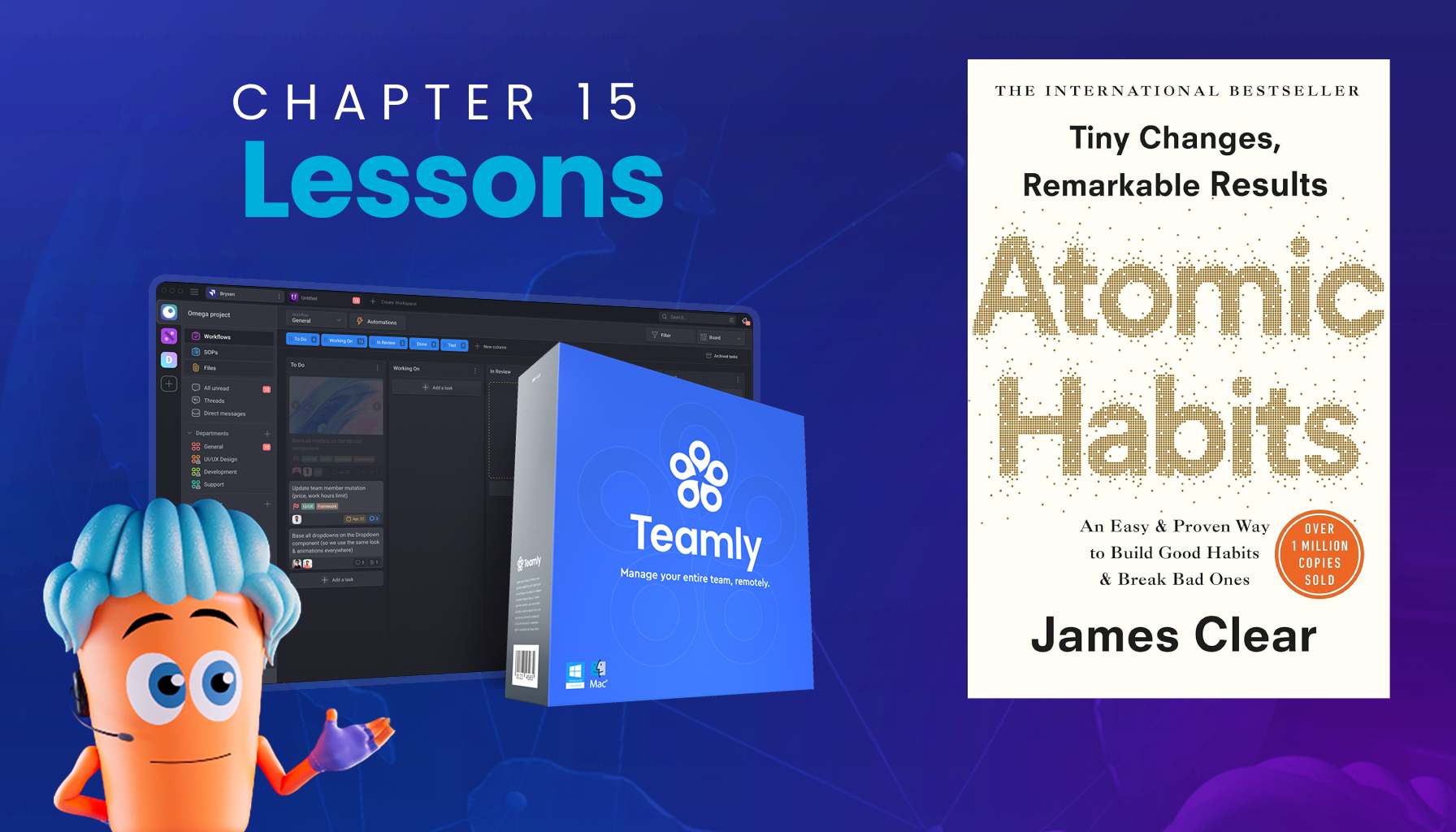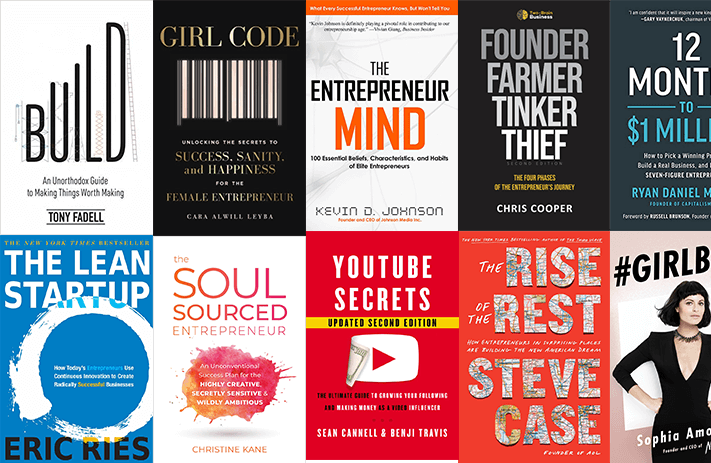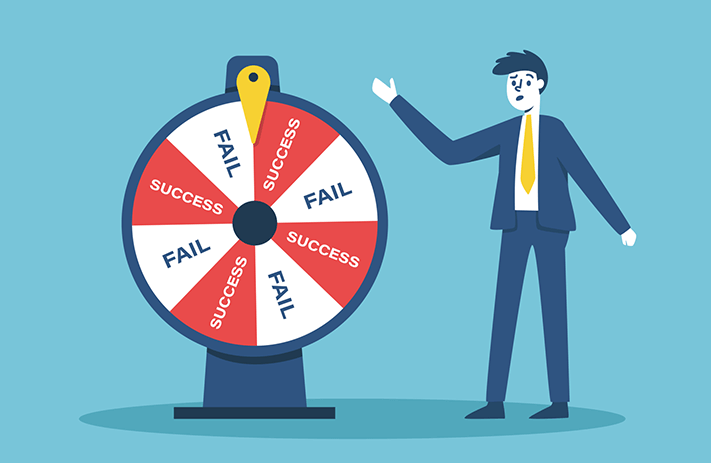
Click the button to start reading
Key Takeaways from “Atomic Habits” by James Clear – Chapter 15
Atomic Habits by James Clear explores a core concept in habit-building that is often overlooked: satisfaction.
Chapter 15 lays out the fourth and final law of behavior change, showing readers why making actions satisfying is key to ensuring they stick.
Let’s take a closer look at this crucial law and the strategies Clear offers to harness it.
The Importance of Making Habits Satisfying
In Chapter 15, James Clear emphasizes the critical role that satisfaction plays in reinforcing habits.
Drawing on research and real-world examples, Clear introduces what he calls the Cardinal Rule of Behavior Change: What is immediately rewarded is repeated. What is immediately punished is avoided.
This rule highlights the necessity of creating habits that deliver immediate satisfaction to encourage repetition and consistency.

Time Inconsistency and Its Impact on Habits
Humans are wired to prioritize immediate rewards, a concept known as time inconsistency.
Our ancestors thrived in environments that demanded quick payoffs for survival. Because of this, our brains evolved to favor present rewards over delayed ones.
As Clear explains, this bias can create significant challenges in establishing good habits. For example, it’s easy to overeat today, even knowing the long-term health risks, because the pleasure of eating is immediate, while the consequences come later.
Similarly, many habits like smoking or unsafe behaviors offer instant relief or pleasure, but with delayed negative outcomes.
Clear argues that this prioritization of the present over the future means that bad habits are more enticing due to their immediate rewards, while good habits can feel burdensome due to delayed gratification.
The costs of bad habits are in the future, while the costs of good habits are immediate. A key takeaway here is understanding how our brains handle reward evaluation, so actions can be consciously aligned with long-term goals.
How to Overcome the Bias Toward Instant Gratification
While most people understand the benefits of delaying gratification, it’s easier said than done.
Research consistently shows that those who can delay gratification tend to perform better academically, are healthier, and possess stronger social skills.
But knowing this isn’t enough—practical strategies are essential. Clear suggests building small immediate rewards into long-term habits to work with human nature, rather than against it. Adding an element of instant satisfaction, even if it’s a small reward, can keep motivation high as the more significant benefits accumulate slowly.

Leveraging Reinforcement to Establish Habits
In Chapter 15, Clear introduces a powerful technique called reinforcement. This method involves using immediate rewards to increase the likelihood of repeating a behavior.
Reinforcement capitalizes on the fact that people are more likely to remember and repeat actions that are paired with a satisfying ending.
This strategy can be especially effective when integrated with habit stacking, which ties a new habit to a familiar cue and reinforces it with a reward.
This approach is applicable beyond personal habits—it’s a valuable principle in business and productivity.
Reinforcement techniques can be integrated into tools like Teamly to reward employees for completing tasks or achieving milestones, ultimately creating a more motivated and engaged team.
This highlights how effective reinforcement can be in driving not just individual but also organizational success.
Reinforcement for Avoidance Habits
Clear also tackles the unique challenges of avoiding negative behaviors. He suggests that making avoidance visible and rewarding can be an effective strategy.
For instance, creating a savings account dedicated to a specific goal, like a vacation, and depositing money whenever a negative habit is avoided, creates a tangible sense of reward.
This strategy turns inaction into a visible achievement, reinforcing the habit of restraint.
He gives the example of a couple who wanted to cook more at home and eat out less. They labeled their savings account “Trip to Europe” and deposited money saved from avoiding restaurant meals into the account.
By the end of the year, they had saved enough for their vacation. This approach aligns with Clear’s principle of making sure that immediate rewards reinforce, rather than undermine, long-term goals.

Choosing the Right Short-Term Rewards
Another essential aspect of reinforcement is ensuring that short-term rewards align with long-term goals. If the rewards conflict with the broader objective, the effort becomes counterproductive.
For example, rewarding exercise with a high-calorie treat can undermine fitness goals. Clear suggests selecting rewards that reinforce a positive identity, like a relaxing activity or a luxury that supports well-being.
Choosing rewards carefully is vital because they contribute to shaping the identity that individuals wish to embody. According to Clear, “Incentives can start a habit. Identity sustains a habit.”
By aligning rewards with identity goals, the positive reinforcement of actions can support long-lasting change and deeper internalization of good habits.
The Role of Identity in Habit Formation
Over time, as intrinsic rewards like improved mood, reduced stress, and greater energy begin to accumulate, the habit itself becomes a part of one’s identity.
According to Clear, while incentives may kick-start a habit, it’s the identity that sustains it. This idea aligns with the broader principles in Atomic Habits, which repeatedly stress the significance of identity in lasting change.
Clear’s insights challenge readers to consider not just what they want to achieve, but who they want to become. This emphasis on identity goes beyond behavior and habits, leading to a more integrated and authentic way of living and working.

Key Takeaways from Chapter 15
The fourth law of behavior change—make it satisfying—plays a pivotal role in habit-building.
By focusing on immediate rewards, reinforcing positive behaviors, and aligning short-term incentives with long-term goals, Clear provides a comprehensive strategy for making good habits stick.
Chapter 15 offers practical insights into leveraging satisfaction to overcome the brain’s bias for instant gratification and, ultimately, achieve long-term success.
If you’re interested in learning more, you can get your copy of Atomic Habits by James Clear here.
















